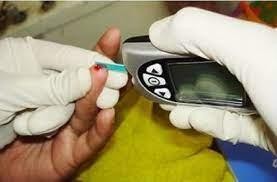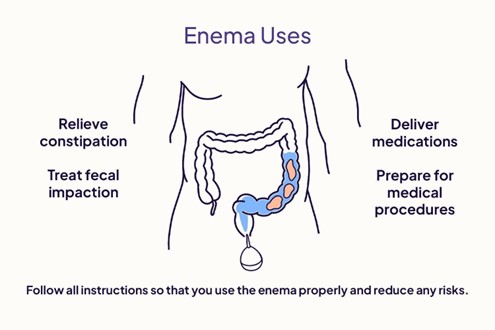The client is a 32-year-old multigravida at 28 weeks' gestation, who presents to the obstetrician's office for a routine has given burn three times; once at 35 weeks (twins), once at 38 weeks (singleton) and once at 41 weeks (singleton). All of these children are alive and well. She had one spontaneous abortion at 10 weeks' gestation. Her fourth child weighed 9 pounds (4.08 kg) at 41 weeks gestation.
The client is at 28 weeks. She has been receiving prenatal care since 8 weeks gestation. Her fasting 1-hour glucose screening level, which was done 1 week prior, is 164 mg/dL (9.1 mmol/L). Her 3-hour oral glucose tolerance test results reveal a fasting blood sugar of 168 mg/dL (9.3 mmol and a two-hour postprandial of 220 mg/dL (12...mol/L).
Scheduled the client to meet with the obstetrician, Diabetic Nurse Educator, and a Registered Dietician for the next day. After a discussion about gestational diabetes and seeking the client's input, a suggested plan of care is outlined, which includes dietary control and glucose self-monitoring.
The registered dietician (RD) discusses the need to
Choose the most likely options for the information missing from the statement(s) by selecting from the lists of options provided.
The diabetic nurse educator instructs the client to perform fingerstick blood glucose (FSBG) monitoring Select Response
of the night at bedtime and in the middle
prior to each meal
every two hours throughout the day
during the middle of the night
The Correct Answer is B
A) Incorrect- While bedtime monitoring is important, the frequency described in this choice is not consistent with FSBG monitoring before meals.
B) Correct- Performing FSBG monitoring before each meal helps the client track her blood glucose levels before consuming food, allowing her to adjust her diet or insulin regimen if necessary.
C) Incorrect- Monitoring every two hours may be excessive and not necessary for managing gestational diabetes.
D) Incorrect- Monitoring during the night is important for glycemic control, but it doesn't specifically address the need to monitor before meals.

Nursing Test Bank
Naxlex Comprehensive Predictor Exams
Related Questions
Correct Answer is C
Explanation
- An oil retention enema is used to soften the stool and lubricate the rectum, making it easier to pass the stool. It is usually oil-based and contains 90-120 ml of solution.
- The temperature of the enema solution affects the effectiveness and comfort of the procedure. If the solution is too hot or cold, it can cause pain, cramps, or damage to the rectal tissue³. If the solution is too warm, it can also stimulate peristalsis and cause the client to expel the enema before it has time to work.
- The ideal temperature for an enema solution is close to the client’s body temperature, which is around 98°F or 36°C. This temperature ensures that the solution is comfortable and does not cause adverse reactions.
Option A is incorrect because the client’s comfort level may not reflect the optimal temperature for the enema.
Option B is incorrect because the temperature of the enema does affect its effectiveness and safety.
Option D is incorrect because the temperature is too high and can cause harm to the client.

Correct Answer is A
Explanation
This finding requires immediate action, as it indicates that the client is not receiving the prescribed amount of oxygen, which can compromise the oxygenation and perfusion of the tissues. The PN should adjust the flowmeter to deliver 3 liters per minute of oxygen, and check for any leaks or kinks in the tubing.
The other options are not correct because:
B. The absence of a humidifier does not require immediate action, as it is not a critical component of the oxygen delivery system. A humidifier can help moisten the dry oxygen and prevent mucosal irritation, but it is not essential for oxygenation.
C. The supine position does not require immediate action, as it is not a contraindication for oxygen therapy. The client may prefer this position for comfort or rest, and it does not affect the oxygen delivery or uptake.
D. The snug fit of the cannula does not require immediate action, as it is not a problem for oxygen therapy. The cannula should fit snugly against the client's cheeks to prevent dislodgment or slippage, and it does not interfere with the oxygen flow or diffusion.
Whether you are a student looking to ace your exams or a practicing nurse seeking to enhance your expertise , our nursing education contents will empower you with the confidence and competence to make a difference in the lives of patients and become a respected leader in the healthcare field.
Visit Naxlex, invest in your future and unlock endless possibilities with our unparalleled nursing education contents today
Report Wrong Answer on the Current Question
Do you disagree with the answer? If yes, what is your expected answer? Explain.
Kindly be descriptive with the issue you are facing.
